There’s something magical about witnessing dolphins in their natural habitat—the way they gracefully glide through the water, leap into the air, and playfully interact with one another. While many people associate dolphin encounters with aquariums or marine parks, the United States offers numerous locations where you can observe these intelligent marine mammals thriving in the wild. From the warm waters of the Gulf Coast to the rugged Pacific shores, wild dolphin populations flourish along America’s coastlines. These ethical wildlife viewing opportunities not only provide unforgettable experiences but also foster a deeper appreciation for marine conservation. In this article, we’ll explore twelve remarkable locations across the United States where you can witness the beauty and intelligence of dolphins in their natural environment, along with the best times to visit and what species you might encounter.
Sanibel and Captiva Islands, Florida

These picturesque barrier islands off Florida’s southwestern coast offer some of the most reliable dolphin sightings in the country. The calm, shallow waters of Pine Island Sound and the Gulf of Mexico create an ideal habitat for bottlenose dolphins, which can be spotted year-round. Local tour operators report a success rate of nearly 95% for dolphin sightings during their excursions. The dolphins here have become accustomed to boats and often swim alongside vessels, riding the bow waves in playful displays. Early morning or late afternoon trips typically yield the best results, as these are prime feeding times when dolphins are most active. Visitors can choose from various boat tours ranging from intimate six-passenger vessels to larger dolphin-watching cruises, with many offering educational commentary about these remarkable mammals and their ecological importance to the region’s marine ecosystem.
Monterey Bay, California

Monterey Bay is renowned as one of the most diverse marine ecosystems in the world, making it an exceptional destination for dolphin watching. The nutrient-rich waters of Monterey Bay National Marine Sanctuary support an impressive variety of dolphin species, including Pacific white-sided dolphins, Risso’s dolphins, northern right whale dolphins, and common dolphins that can gather in superpods of thousands. The deep submarine canyon just offshore creates upwelling currents that bring nutrients to the surface, attracting a wealth of marine life. The best viewing occurs from April through November, though dolphins can be spotted year-round. Whale watching boats depart regularly from Monterey and Moss Landing harbors, offering visitors exceptional opportunities to observe these animals in their natural habitat. For those who prefer land-based viewing, Point Lobos State Natural Reserve provides elevated vantage points where visitors occasionally spot dolphins with binoculars.
Gulf Shores and Orange Beach, Alabama
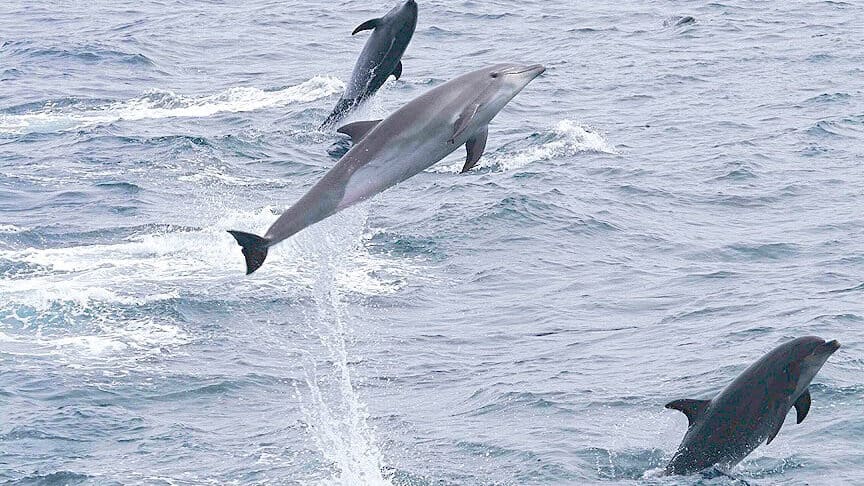
The warm, turquoise waters of Alabama’s Gulf Coast harbor a thriving population of bottlenose dolphins. These intelligent mammals are frequently spotted from the shores of Gulf State Park and along the coastline of Orange Beach. Local populations have become somewhat habituated to human presence, making them relatively easy to observe. For closer encounters, numerous dolphin cruise operators offer specialized tours departing from Orange Beach and Gulf Shores marinas. The Back Bay area and Wolf Bay are particularly reliable for dolphin sightings, as these protected waters serve as important feeding and nursing grounds. The dolphins here often exhibit fascinating hunting behaviors, including “strand feeding” where they work together to herd fish onto shorelines. Scientists estimate that approximately 5,000 bottlenose dolphins inhabit the northern Gulf of Mexico, with a resident population remaining in the Alabama coastal waters year-round. Peak viewing seasons are spring through fall when the waters are warmest and dolphin activity increases.
Key West, Florida

The crystal-clear waters surrounding Key West provide exceptional visibility for spotting Atlantic bottlenose dolphins. The Key West National Wildlife Refuge and the surrounding backcountry waters of the Florida Keys serve as a protected habitat where dolphins thrive. These shallow areas, known locally as “the flats,” offer ideal feeding grounds with an abundance of fish. Eco-tours depart daily from Key West Harbor, taking visitors to well-known dolphin hangouts while emphasizing responsible viewing practices that minimize disruption to their natural behaviors. Many operators employ naturalists who provide informative commentary about dolphin biology, communication, and conservation. In addition to the resident population, migratory dolphins often pass through the area, increasing the diversity of behaviors witnessed. The calm, clear waters make this location particularly good for photography enthusiasts hoping to capture dolphins in their natural element. The combination of reliable sightings and the tropical paradise setting makes Key West a premier destination for wild dolphin encounters in the United States.
Hilton Head Island, South Carolina
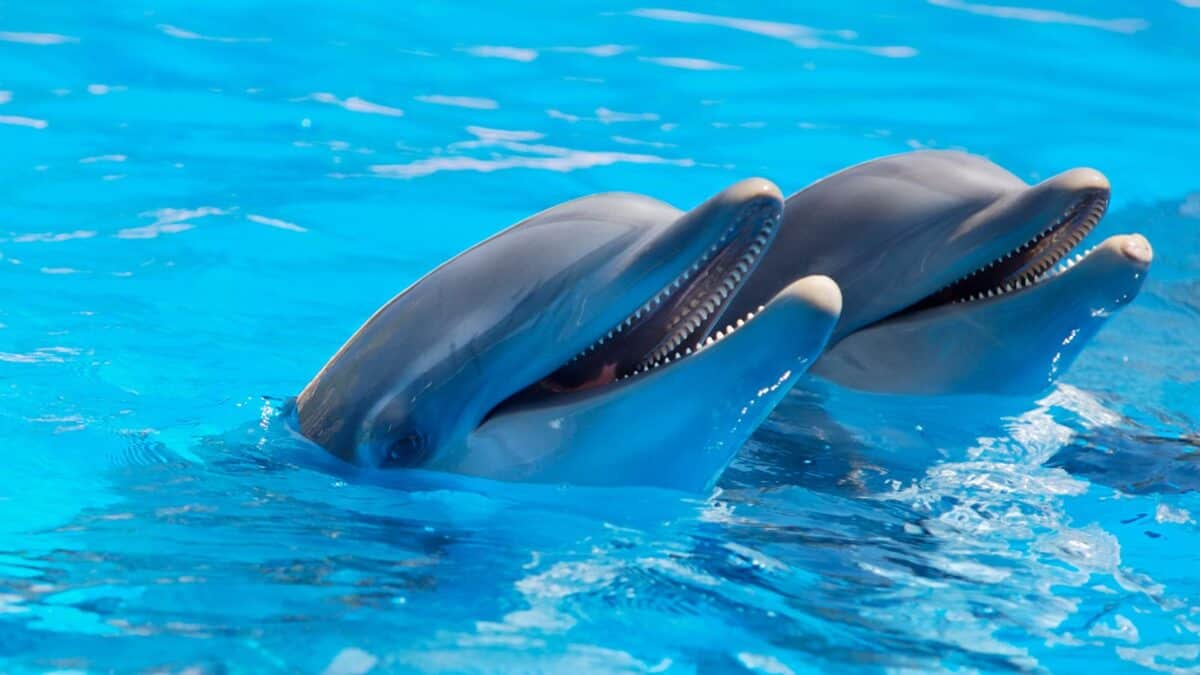
The tidal creeks, salt marshes, and protected waterways surrounding Hilton Head Island create a perfect ecosystem for Atlantic bottlenose dolphins. What makes this location particularly special is the unique “strand feeding” behavior observed in the local dolphin population—one of the few places in the world where this hunting technique occurs regularly. During strand feeding, dolphins work cooperatively to herd fish onto muddy banks, then temporarily beach themselves to capture their prey before sliding back into the water. This remarkable behavior is most commonly observed during low tide in Broad Creek and Calibogue Sound. Dolphin tour operators are careful to maintain appropriate distances during these feeding events to avoid disrupting this natural behavior. Year-round dolphin presence means visitors can enjoy sightings regardless of season, though the warmer months from May through September typically offer the most activity. Kayak tours provide an intimate, eco-friendly option for observing these marine mammals without the noise and disruption of motor boats.
Channel Islands National Park, California
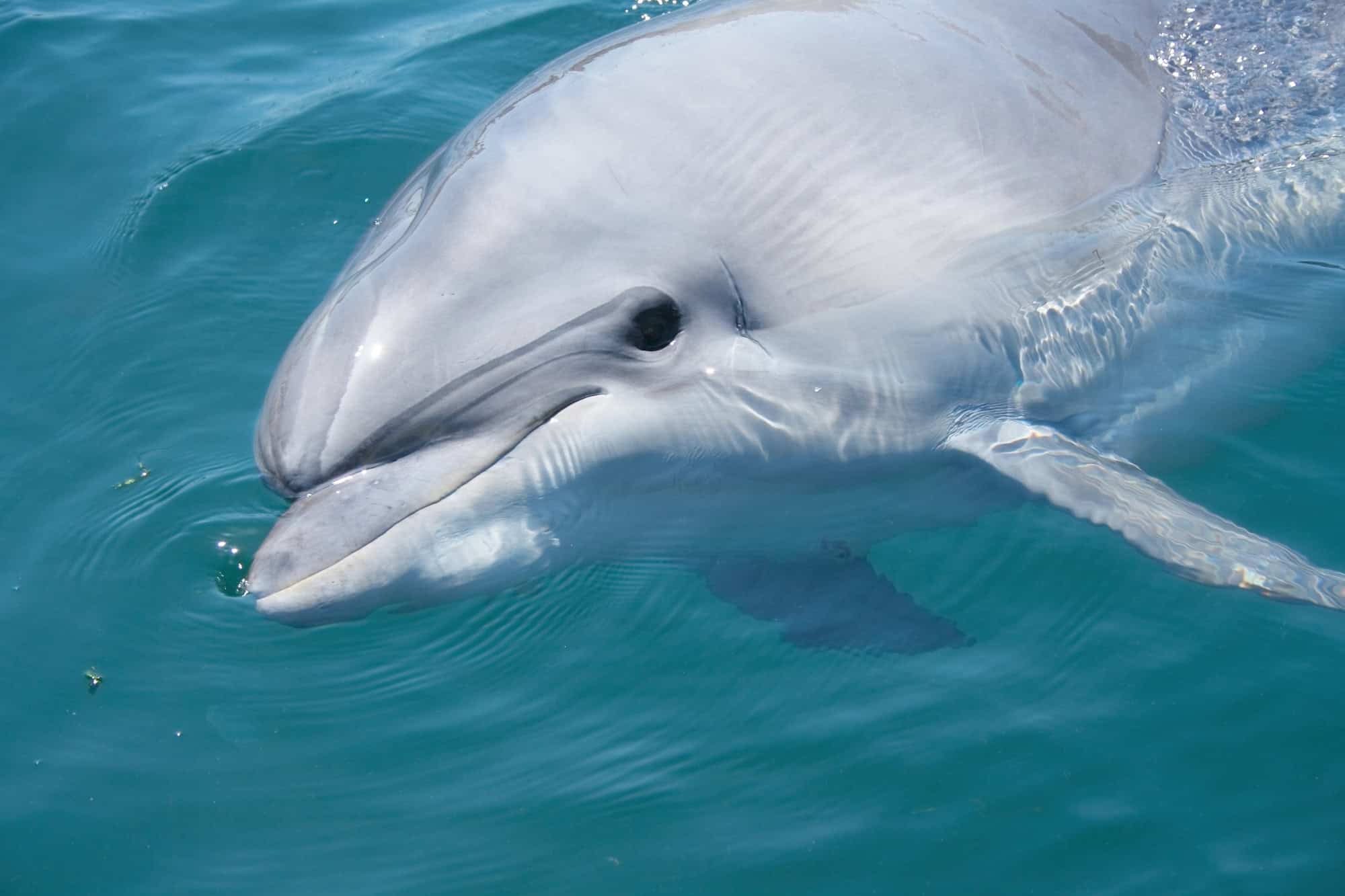
Located off the coast of Southern California, the five islands that comprise Channel Islands National Park are surrounded by a marine sanctuary that supports an extraordinary diversity of marine life, including several dolphin species. Common dolphins, bottlenose dolphins, and the striking black-and-white Pacific white-sided dolphins are frequently encountered in these productive waters. The convergence of warm and cold currents creates a unique ecosystem that supports abundant marine life, making dolphin sightings common during boat crossings to the islands. Particularly impressive are the large pods of common dolphins, which can number in the hundreds or even thousands, creating spectacular displays as they race alongside boats. The isolation of these islands has helped preserve the natural marine environment, offering visitors a glimpse of what coastal California might have looked like centuries ago. Boats to the Channel Islands depart from Ventura and Santa Barbara harbors, with the hour-long crossing often providing as many wildlife encounters as the islands themselves. The National Park Service offers guided tours that highlight the ecological significance of these waters and the importance of marine conservation.
Virginia Beach, Virginia
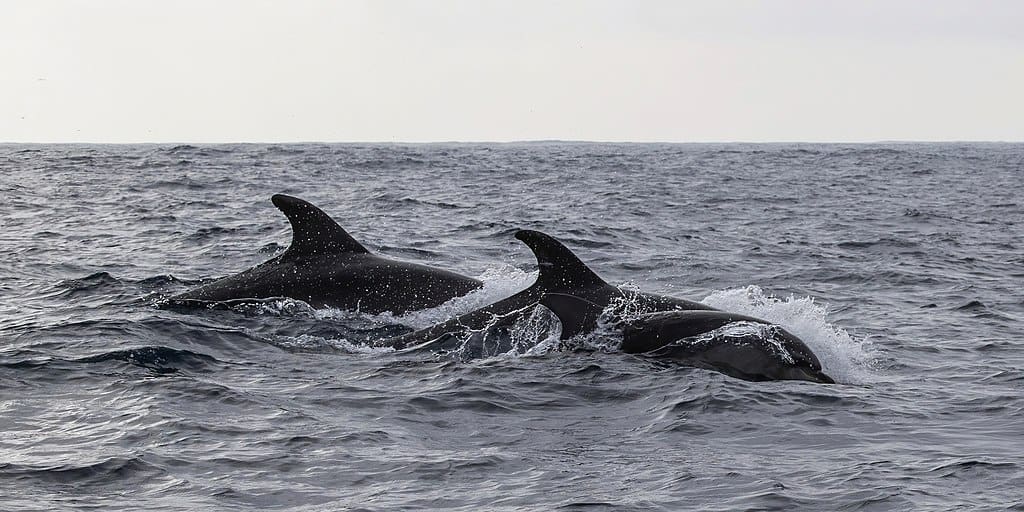
The coastal waters off Virginia Beach host a significant population of Atlantic bottlenose dolphins, particularly during the summer migration season. From late April through October, thousands of dolphins travel along the Atlantic coast, with peak numbers in July and August when as many as 300 dolphins per day may be spotted from the shoreline. The Virginia Aquarium & Marine Science Center conducts dedicated dolphin watching tours aboard research vessels, where visitors can participate in ongoing dolphin monitoring projects. These citizen science opportunities allow guests to contribute to data collection while enjoying close encounters with wild dolphins. What makes Virginia Beach unique is the accessibility of dolphin sightings—they’re often visible from shore, particularly at the north end of the beach and near the Chesapeake Bay Bridge-Tunnel. This accessibility makes Virginia Beach an excellent option for those who may not wish to venture onto boats. Recent research has shown that many of the dolphins identified in this area return year after year, suggesting site fidelity and the presence of a resident community during the warmer months.
Puget Sound, Washington

While the Pacific Northwest is perhaps best known for its resident orca populations, Puget Sound also hosts several species of dolphins and porpoises. Pacific white-sided dolphins and Dall’s porpoises (which closely resemble small dolphins) can be spotted year-round in these cool, nutrient-rich waters. Common dolphins occasionally venture into the sound during warmer months. The San Juan Islands area offers the most reliable viewing opportunities, with specialized wildlife tours operating from Seattle, Port Townsend, and Anacortes. These intelligent marine mammals are attracted to the sound’s rich ecosystem, which supports abundant salmon and other prey species. Dall’s porpoises, known as the “fastest cetaceans in the world,” can reach speeds of 34 miles per hour and create distinctive “rooster tails” of spray when swimming at high speeds near the surface. Conservation efforts in Puget Sound have focused on improving water quality and protecting marine habitats, which has benefited local dolphin and porpoise populations. The dramatic backdrop of the Olympic Mountains and evergreen forests makes wildlife viewing in this region particularly spectacular.
Maui, Hawaii
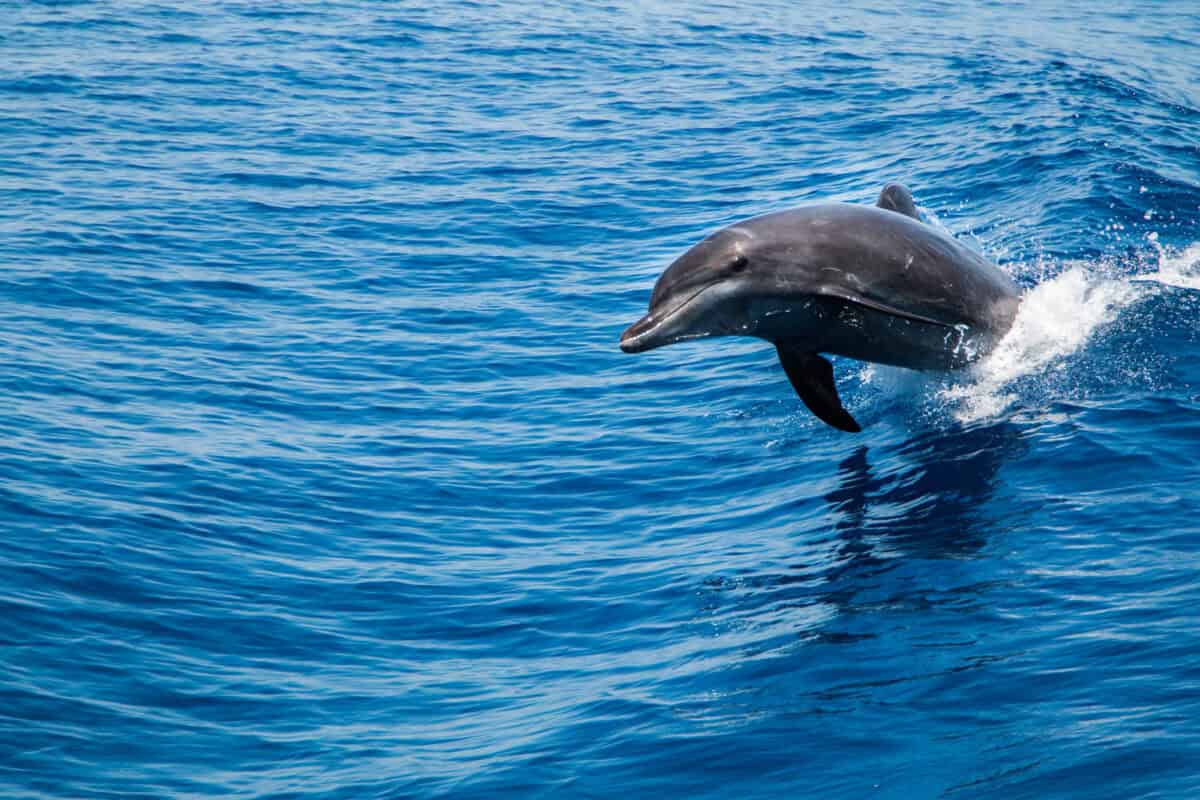
The warm, clear waters surrounding Maui provide habitat for several dolphin species, with spinner dolphins and bottlenose dolphins being the most commonly encountered. What makes Hawaiian dolphin watching unique is the spinner dolphins’ predictable daily pattern—they feed offshore at night and return to shallow, protected bays during daylight hours to rest and socialize. Locations like La Perouse Bay on Maui’s south shore offer reliable viewing opportunities, though responsible operators emphasize the importance of not disturbing these animals during their crucial rest periods. Hawaiian spinner dolphins are named for their acrobatic spinning leaps, during which they can rotate up to seven times in a single jump—a behavior scientists believe may serve multiple purposes including communication, removing parasites, and possibly pure enjoyment. The protected waters of the ‘Au’au Channel between Maui and Lanai are particularly rich in marine mammal activity. Many tour operators employ marine biologists who provide educational information about Hawaii’s unique marine ecosystem and the conservation challenges facing island dolphins, including increasing human activity in their critical habitat areas.
Charleston, South Carolina

The intricate network of tidal creeks, salt marshes, and estuaries around Charleston harbor a healthy population of Atlantic bottlenose dolphins that have adapted to this unique estuarine environment. What distinguishes Charleston’s dolphins is their specialized feeding technique known as “strand feeding,” similar to that observed at Hilton Head Island. This remarkable cooperative hunting behavior can be observed from certain shoreline locations, though visitors should maintain appropriate distances to avoid disrupting this natural behavior. The dolphins in Charleston’s waters are considered year-round residents rather than migratory, giving them a strong familiarity with the complex waterways of the region. Dolphin tour operators in Charleston often focus on education, partnering with local research organizations to monitor the health and behavior of the local dolphin population. The Morris Island Lighthouse area and Folly Beach are particularly good viewing locations. The Charleston dolphin population faces ongoing challenges from coastal development, water pollution, and recreational boating traffic, making conservation education an important component of local ecotourism efforts.
Galveston, Texas
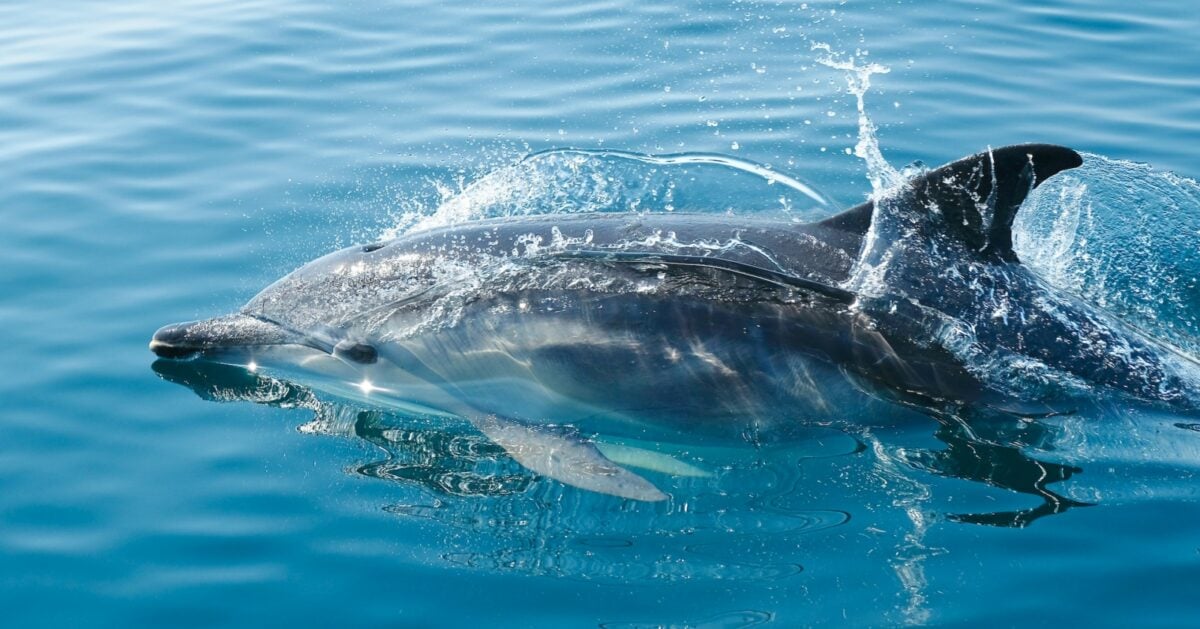
Galveston Bay and the surrounding Gulf waters support one of the largest bottlenose dolphin populations along the Texas coast, with researchers estimating around 900 dolphins in the greater Galveston Bay area. These highly adaptable mammals have learned to thrive in the bay’s mix of industrial and natural environments. Dolphin watching boats depart regularly from Galveston’s harbor, with experienced captains knowing exactly where to find the resident pods. The Galveston-Port Bolivar ferry, which is free to passengers, also offers excellent dolphin spotting opportunities as the dolphins often play in the ferry’s wake. Researchers from the Galveston Bay Foundation and Texas Marine Mammal Stranding Network actively monitor the health of this population, as they serve as important indicators of the overall ecosystem health. The dolphins here have developed specialized feeding behaviors adapted to the commercial shipping and fishing activities in the area. Despite the industrial nature of parts of Galveston Bay, the dolphin population appears stable, though they face ongoing challenges from pollution, habitat loss, and occasional harmful algal blooms. The best viewing seasons are spring through fall, though dolphins remain in the area year-round.
Panama City Beach, Florida
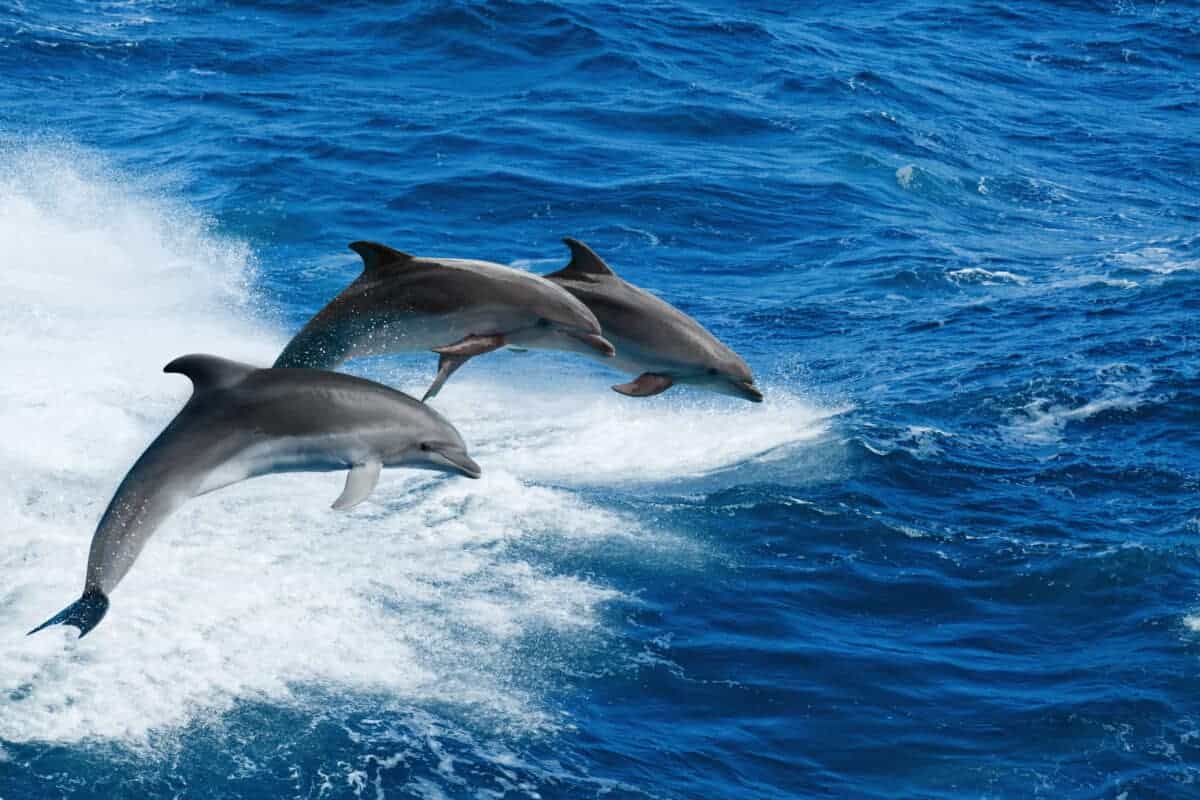
The emerald green waters of St. Andrews Bay and the Gulf of Mexico around Panama City Beach are home to one of the most studied dolphin populations in the United States. Researchers estimate that approximately 140 bottlenose dolphins consider these waters their permanent home. What makes Panama City Beach exceptional for dolphin watching is the remarkable clarity of the water, allowing for excellent visibility of underwater dolphin behavior. Shell Island, an undeveloped barrier island accessible only by boat, is a particular hotspot for dolphin activity. The shallow, protected waters around the island serve as an important nursery area where dolphin mothers teach their calves essential survival skills. Tour operators in the area have developed strong ethical guidelines for dolphin viewing, emphasizing the importance of allowing the animals to approach boats on their own terms rather than pursuing them. The dolphins here have become so accustomed to boat traffic that they often initiate interaction, swimming alongside vessels and surfing in their wakes. The combination of clear water, white sand beaches, and friendly dolphins makes Panama City Beach one of the premier locations in the country for wild dolphin encounters.
Conclusion: Experiencing the Magic of Wild Dolphins Responsibly
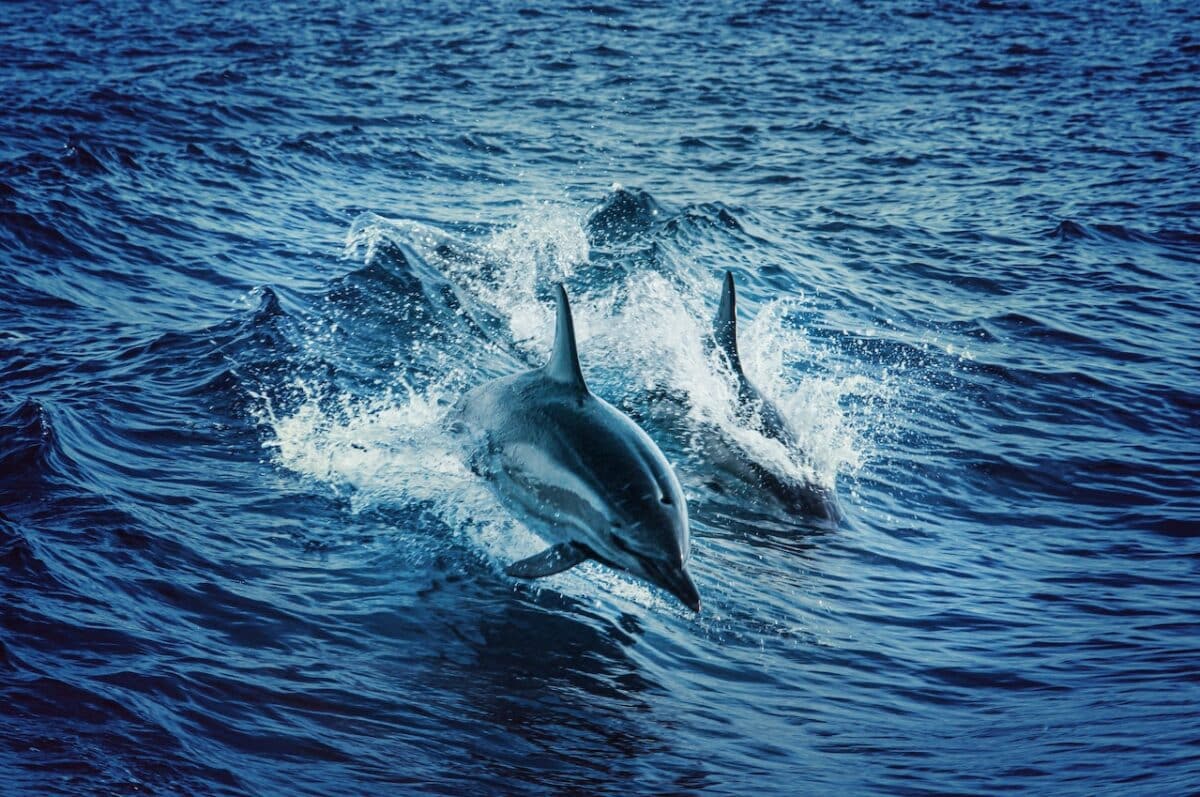
Observing dolphins in their natural habitat can be one of the most memorable wildlife experiences available in the United States, creating connections that foster conservation awareness and appreciation for marine ecosystems. Each of these twelve locations offers unique opportunities to witness different dolphin species, behaviors, and habitats while supporting local economies through responsible ecotourism. When planning your dolphin watching adventure, remember to choose operators who follow wildlife viewing guidelines, maintaining appropriate distances and limiting viewing time to minimize disturbance to these intelligent animals. The best experiences are those that prioritize the welfare of the dolphins over guaranteed close encounters. As we continue to learn more about dolphin intelligence, social structures, and communication, the importance of protecting their natural environments becomes increasingly evident. By experiencing these magnificent animals in the wild rather than in captivity, we contribute to a growing movement that values dolphins as sentient beings deserving of freedom and respect in their ocean home.
- 10 Common Chicken Behaviors and What They Mean - August 9, 2025
- 14 Creatures That Can Freeze and Thaw Back to Life - August 9, 2025
- 10 Animals That Risked Their Lives to Save Humans - August 9, 2025

